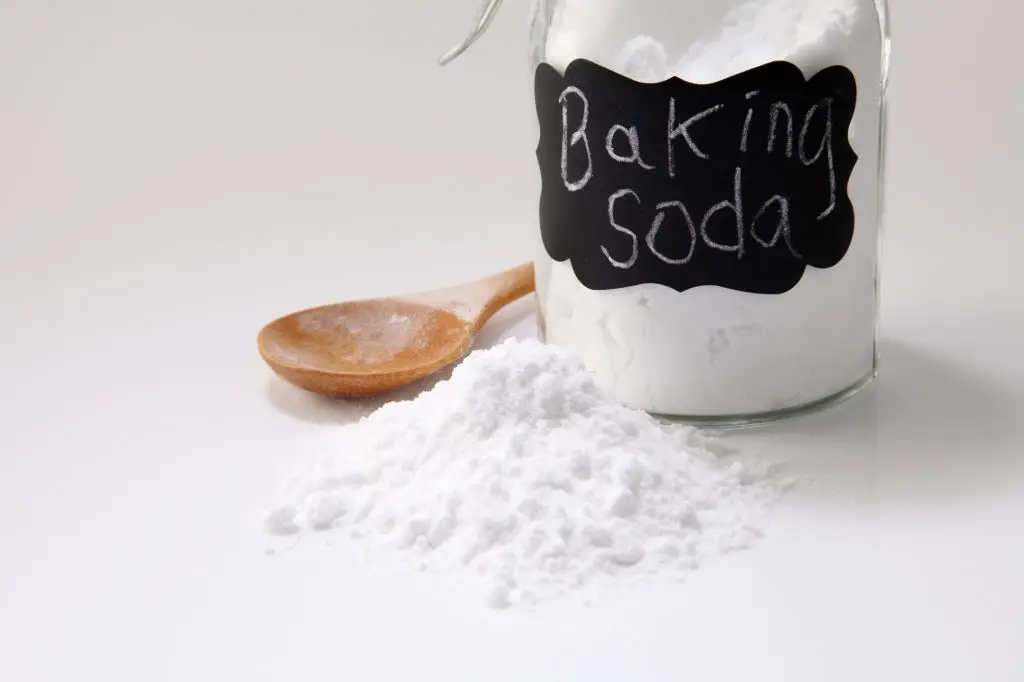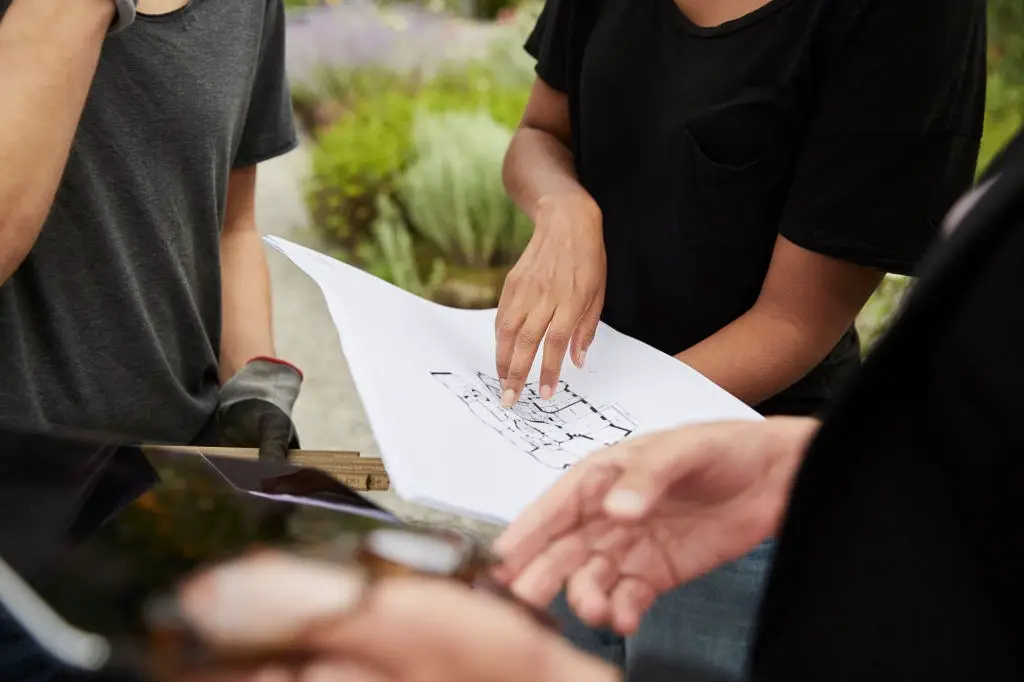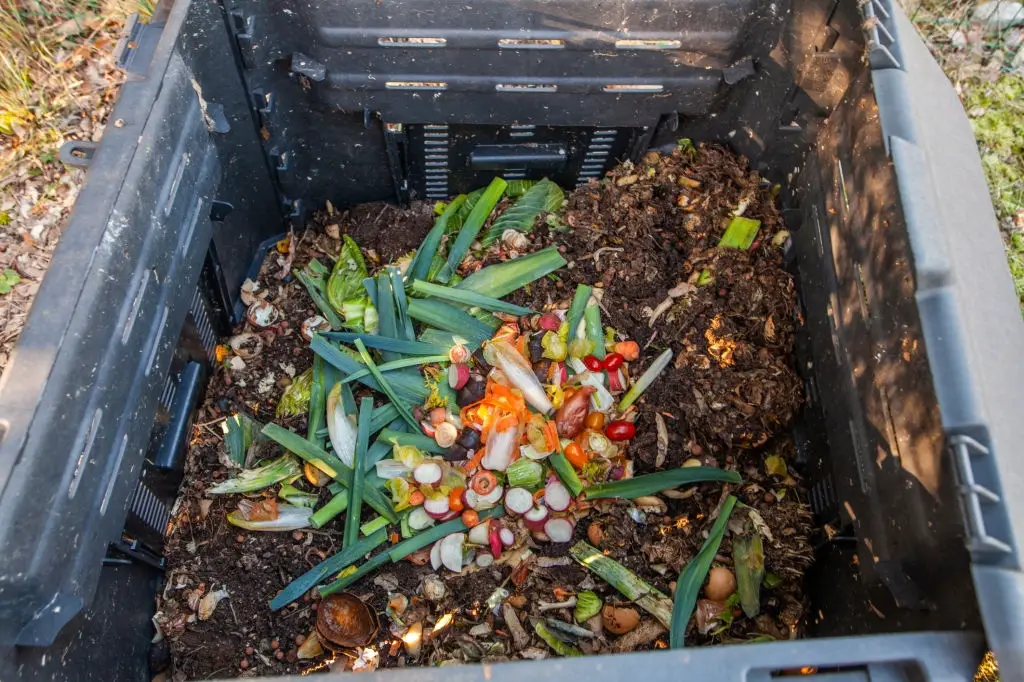Do you often look at your neighbors’ yard with envy and wish that your garden could grow as well as theirs does? The truth is, their garden is probably growing better because they are doing different things to help it to grow. If you want to have a massive and beautiful garden like theirs, you might need to make some changes in how you manage and tend to your own.
Many factors help a garden grow and flourish, such as variations in sunlight, water, and soil. Making a few small changes to some of these variables in your yard can help you have the garden of your dreams. Please keep reading to discover what factors you can implement in your garden to help it grow to be all that you want it to be.
Grow The Right Plants For Your Region
Did you know plants grow differently depending on the area they are planted in? In fact, some plants can’t grow at a certain altitude or in certain soil. If you have a specific plant that always seems to be struggling in your yard, then it might be time to check and see if that plant is right for your region.
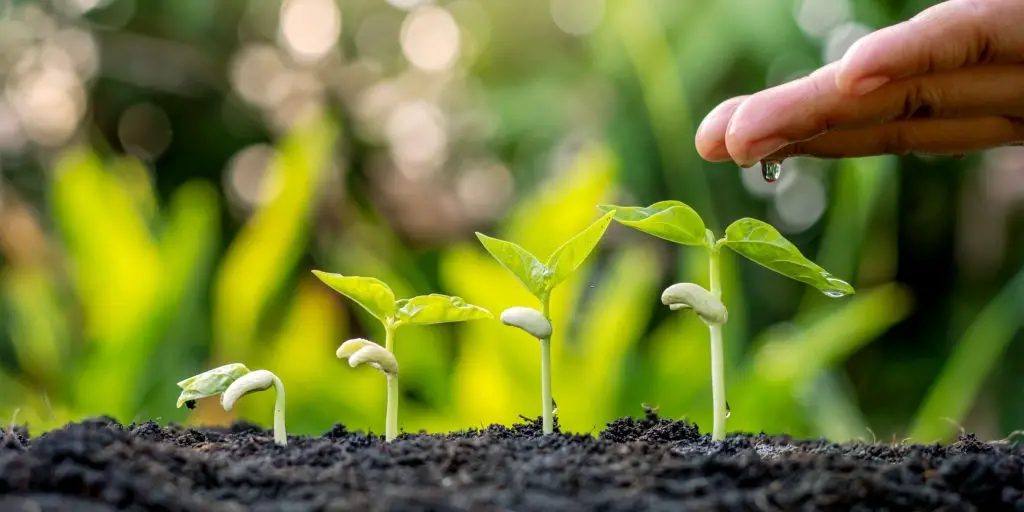
You can often ask employees at your local nursery or gardening store for suggestions, or you can also check government websites that will tell you how harsh the local climate is for plants in your town.
Of course, it’s best to check how well a plant will grow in certain areas before you plant it. Many plants will have on their packaging where they will grow best. Read this information before you buy a plant, and don’t be afraid to ask questions of the employees at the plant store before you buy!
Do note that if you live in a region with clay-like soil, it is almost impossible to grow plants in that type of environment. You will likely need to create a raised garden bed or grow all of your plants in spacious pots or boxes filled with the proper soil type.
Add Baking Soda To The Soil
This may sound crazy, but you can sprinkle baking soda on the soil to help flowers grow. Now it won’t help all of your flowers, just those which flourish in alkaline soil. This is because baking soda is alkaline, so when you add it to the soil, it makes it alkaline too.
Some of the flowers, herbs, and shrubberies that flourish in alkaline soil are:
-
- Geraniums
- Lilacs
- Coneflowers
- Daylilies
- Oregano
- Rabbitbrush
- Purple toadflax
- Moss
Now that you know why adding baking soda to your garden’s soil can help your plants grow and some plants that flourish in alkaline soil, let’s look into some more tips about garden soil.
Check Your Soil
Speaking of adding baking soda to your soil, you should also check your soil and ensure that it is conducive to plant growth. The soil you plant your plants in should be soft, easy to shovel and crumble when you grab a handful.
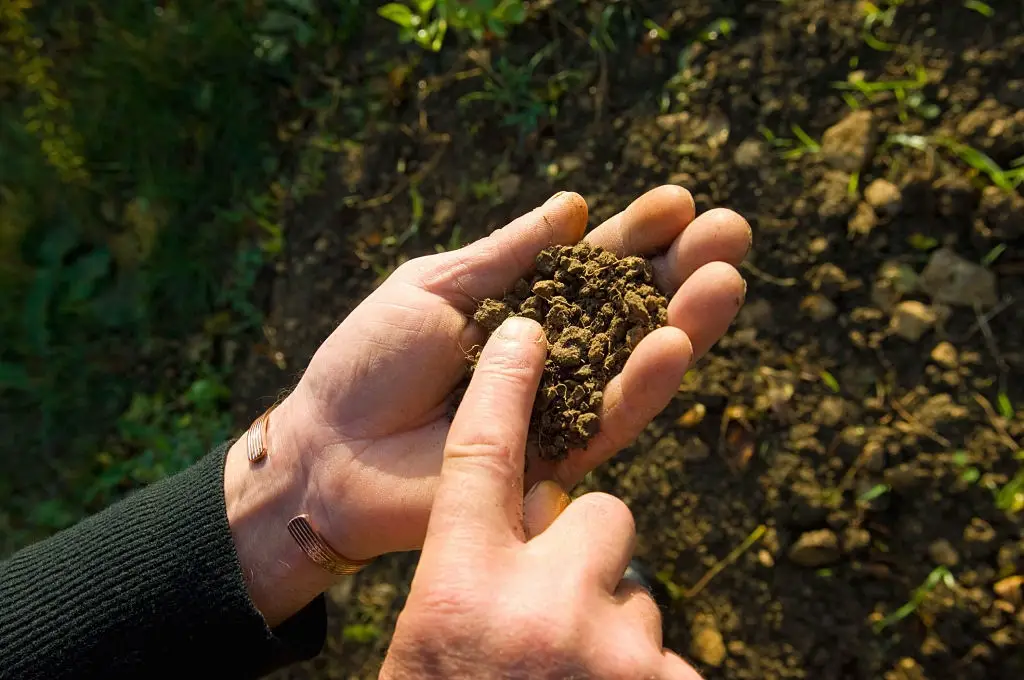
If you are finding it hard to dig in your garden, then this isn’t a good sign—because if you cannot dig through with all your tools, how can you expect a plant’s roots to get through?
Consider creating a raised garden bed and filling it with specialized soil from the store to improve your soil. Alternatively, you could also create your own healthy soil mixture by adding organic material to the dirt from your yard and mixing it up. Organic matter can be anything from compost to leaves from your trees.
Use Coffee Grounds To Attract Earthworms
As gross as they may be, earthworms are an essential component of soil which you will need to help your garden grow. And if you made your own soil mixture or purchased one from the store, chances are it lacks earthworms. Luckily, there are a few ways you can attract earthworms to your garden, and one of those is by putting coffee grounds in your soil.
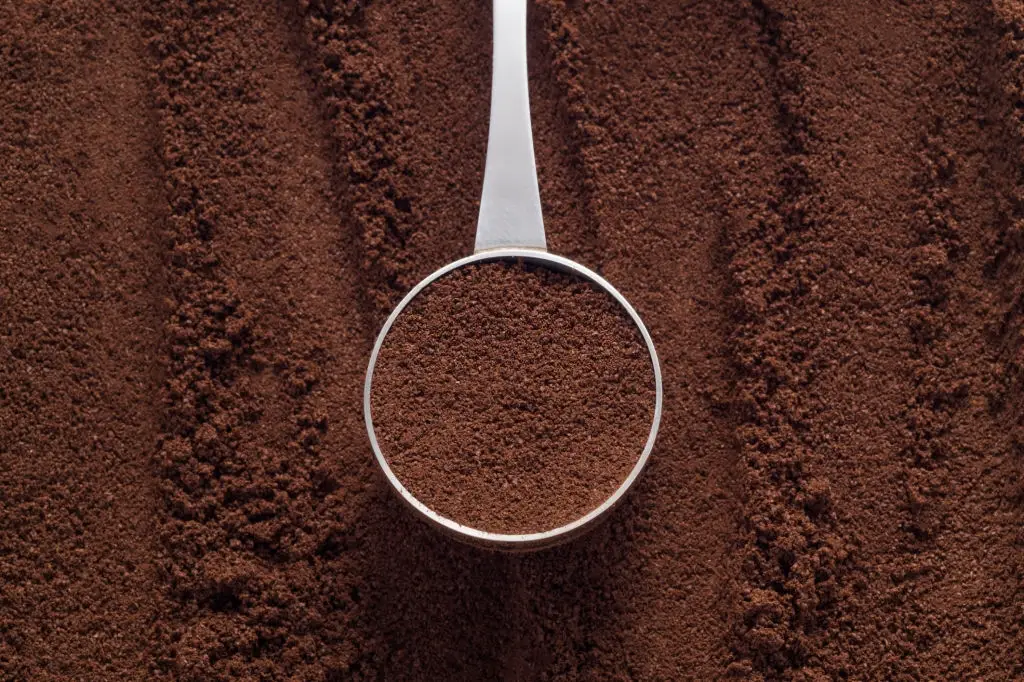
Don’t just start dumping coffee in your yard, though, as fresh coffee grounds are acidic. Rather, you need to add used coffee grounds to your soil because they become neutral once they’ve been used. So get into the habit of making your cup of joe in the mornings and dumping what is left in the filter into your garden.
Rid Your Yard of Ants
Dealing with ants while trying to grow your garden can be very annoying, especially if they get to your sweet fruits, which grow close to the ground! It is never a good idea to poison bugs in your garden because this poison can often damage your plants as well, not just the intended insect victim. Instead, sprinkle some cream of tartar around the perimeter of your garden.
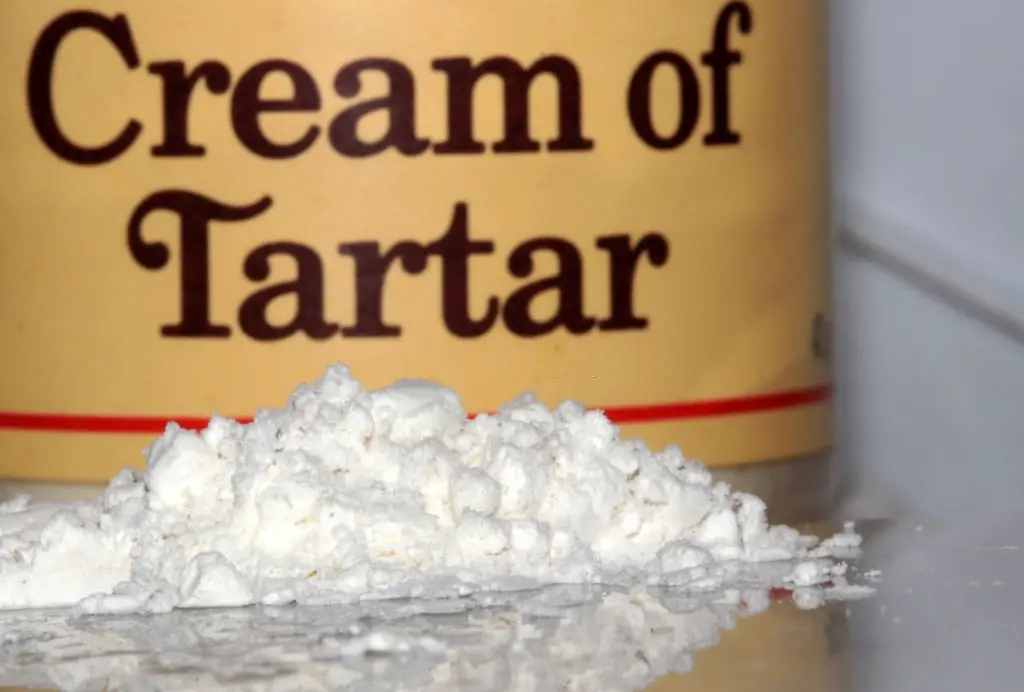
Cream of tartar is mostly salt, and for whatever reason, the ants don’t like to cross it. For best results, put some on any anthills you spot in your garden and across any lines of parading ants. Finish putting some on the edge of your garden to deter further attacks. Cream of tartar is very similar to baking soda, so this will also help your alkaline plants grow!
Check How Much Sunlight Your Plants Get
Different types of plants need more sunlight than others. And one of the reasons they may not be growing is because they are getting too much or too little sunlight. When you purchase a plant or seeds, it should say how much sunlight the plant needs somewhere on the package.
You need to take special care to plant different flowers and vegetables in the correct area of your yard for their specific sunlight needs. Flowers generally need only partial sunlight, while vegetables need full sunlight for a large portion of the day.
If you are unsure what part of your yard gets the most sunlight, it can help to monitor your yard for a full sunny day. Take pictures every hour (without the flash) to see what is obscured in shadow and receiving direct light. You can also assume that plants planted nearer to the house or a fence will usually experience shade in the morning, evening, or possibly both.
Don’t Overextend Yourself, Or Your Yard.
One mistake gardeners make that they don’t realize affecting how well their plants grow is that they plant too many plants. Not only do you need to make sure you plant several plants that you can properly care for, but you also need to ensure that your yard isn’t overcrowded.
When plants grow too close together, this can cause some plants not to get enough water and food, nor will they have room for their roots to grow, which stops them from flourishing. You should start with a small plot that takes up only a portion of your yard for those new to gardening. If the yard has multiple gardening areas, plant one area to start.
When you plant into the ground, pay attention to how tall the plant will be. You don’t want to put the tall plants where they will grow and block the sun from the smaller plants. Space everything out accordingly, and don’t worry if your plants start to grow in ways you didn’t plan, as you can always move a plant later in the season if needed.
Scare Off Those Pesky Squirrels
Sometimes your plants may seem to be doing okay until a pesky squirrel comes along and eats all of your hard work! Or maybe the squirrel is digging up your garden to bury its prizes in the dirt. Either way, squirrels are annoying, and your garden won’t grow properly until you find a way to keep them out.

The best way to keep the squirrels away is actually by sprinkling cayenne pepper on the soil. It will bother the squirrel’s senses enough to keep it out. The only problem with this remedy is that it needs to be reapplied frequently to work.
If you want a more permanent solution, you could try putting chicken mesh around your most fruitful plants, but many gardeners find that the squirrels in their area are smart enough to climb or bend these barriers to get to your plant.
Grow Plants Within Your Abilities
Some plants are just easier to grow than others. It’s as simple as that. If this is your first season gardening, it’s probably best to start with something that doesn’t take a lot of skill to grow. This is another factor which you can discover by researching plants before you buy them.
In general, vegetables, ferns, and shrubs are all easier to grow for beginners. If you want to try some flowers, stick to Peonies, Lavender, and Black-Eyed Susan’s. Then once you get the hang of gardening, branch out to try to grow some new blooms!
Watch How Much You Water
When it comes to plants, it can sometimes be difficult to know how much water they need. But overwatering is just as dangerous as underwatering, and the time of day can affect how much water will actually reach your plants’ roots.
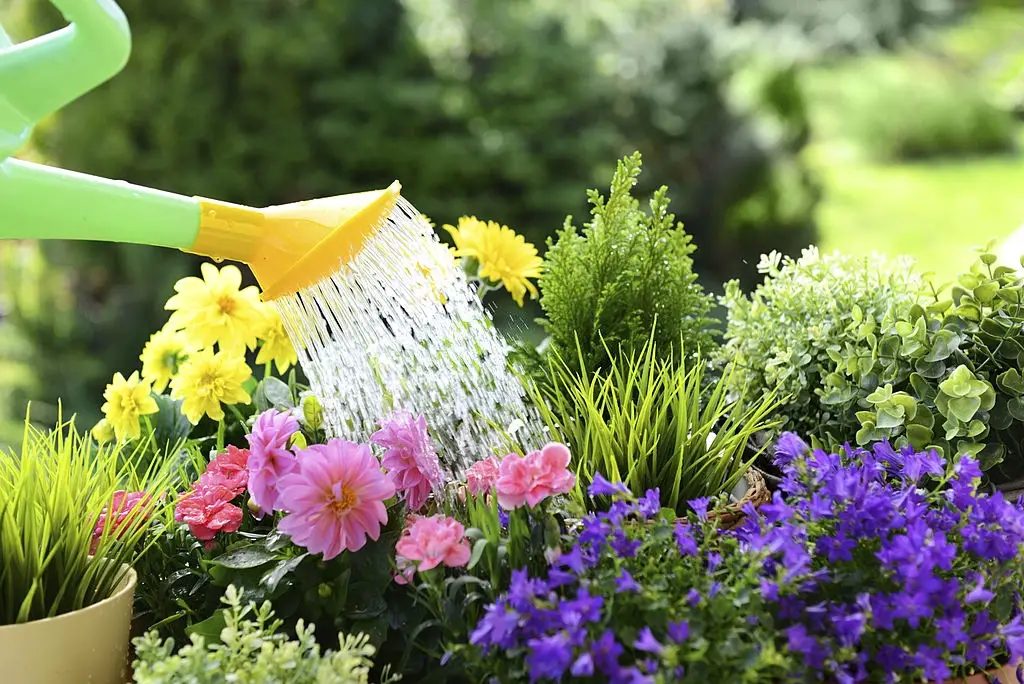
For best results, water simultaneously each day and provide enough water that the soil becomes soaked. If water starts to sit on top of the soil, the plant has probably had enough water.
Note that new plants will need to be water with more frequency than those that already have roots established in the soil. Water early in the morning before the sun gets too hot and begins to steal the water from the soil before the plants can get to it.
Once you establish a routine, you’ll benefit from always knowing when you watered your plants last, and you can adjust the amount you water based on the look of your plants and how well they are growing.
Put Ash In Your Garden
This next tip is great both for your fireplace and garden alike. Ash leftover from a wood-burning fire has a high alkaline content. This means that it can work in the same way as a baking powder to neutralize acidic soil. Just make sure that you don’t add ash that is still hot to your garden. It must be completely cool to be safe for your plants.
If you are wondering if your garden is acidic enough to require an additive like ash, you can purchase a pH testing kit online to find out for sure.
Start Before The Season Begins
One factor that can really affect the success of your garden is giving the plants a head start, even if the weather outside isn’t quite perfect yet. To do this, plant the plants as seeds in your home while the weather outside is still too cold, and once it warms up, transfer your seedlings to the soil of your garden bed outside.
Generally, it is safe to plant your seedlings outside once there are no more nights where the temperature is expected to dip below zero degrees Fahrenheit in your area.
Stay Consistent
Many people think that to have a successful garden, they must toil for hours and hours each day under the hot sun. This isn’t true. While gardening does take some work, it requires more consistent work rather than spending your whole Saturday in your plot.
It would be best if you had specific times during the week to water and set times to weed or perform any other necessary maintenance your garden may need.
For example, you could plan to water your garden on Tuesday, Thursday, and Saturday, and then have Sundays be the day that you check and remove weeds and test the soil for its pH level. If kept up with regularly, each of these activities shouldn’t take you more than an hour each time you have to perform them.
Make Your Soil Phosphorus
Certain plants benefit from growing in a phosphorous environment, most notably tomatoes, rose bushes, and green pepper plants. If any of these plants are struggling in your garden, you probably need to make the soil they are growing more phosphorus.
You can do this by planting banana peels in your garden. Therefore, next time you eat a banana, chop up the peels into pieces and then bury them in the soil near all of the above plants. When the banana peels break down, this will enrich the phosphorus content in the soil.
Consider Watering With Club Soda
Alright, this next one is a little bit weird, but if you can’t seem to get your garden to grow, consider swapping out the tap water you are using to water with club soda. As strange as this may sound, club soda is actually more nutritious for plants than plain tap water.
Club soda contains nutrients that aren’t found in tap water that can help your plants grow, including:
- Carbon
- Potassium
- Oxygen
- Sulfur
- Hydrogen
- Sodium
However, this doesn’t mean you should pop a can of club soda and pour it on your plants. For your plants to truly receive all the benefits of this water, you need to open the container and let the club soda go completely flat before pouring it on.
For those who decide to continually water with club soda, it may be good to buy a bunch of two liters at the store and leave them in the pantry with the caps cracked open. This way, you will have plenty of flat club soda on hand to water with.
Dump Your Eggshells Outside
Your eggshells will do much more to help your garden than they ever will to help your trash bin. This is why you should rinse them and put them in your garden instead. Eggshells are rich in calcium, which can help plants, especially tomatoes, grow big and strong.
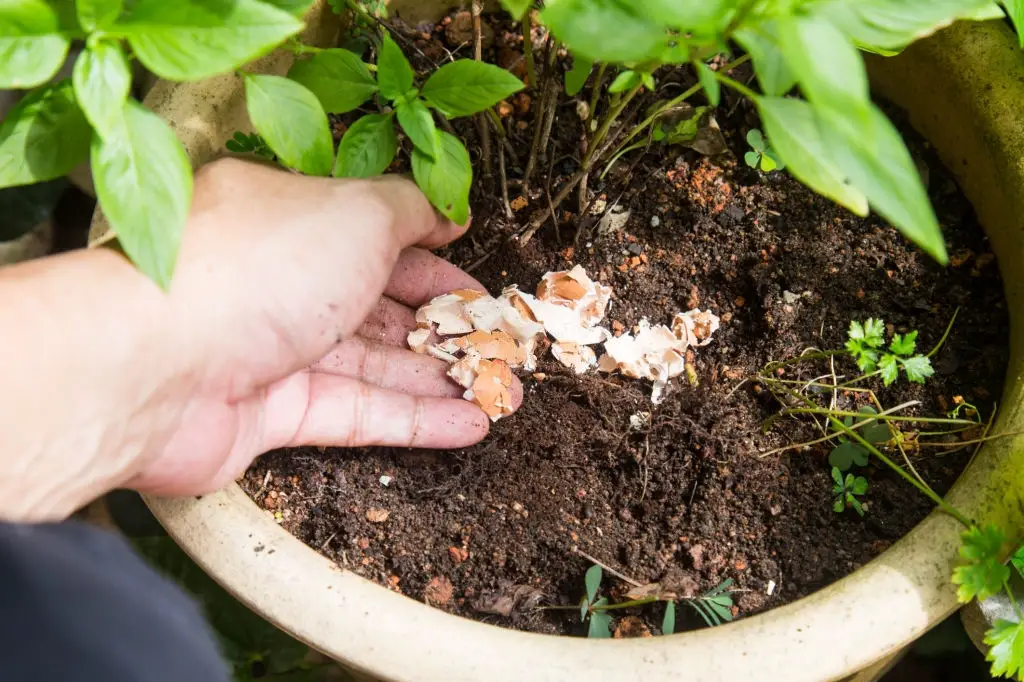
Besides just smashing these up and mixing them with your soil, you can also start your seedlings in them to give them a great head start before the season begins.
Create A DIY Plant Food
Many gardeners will tell you that you need to invest in a special plant food to keep your plants happy, but this isn’t true at all. You can make your own plant food just as efficiently and at a small portion of the cost of those in the store.
This list contains several household foods which you can mix to make plant food. You’ll need to add a little Epsom salt and ammonia to get the process going. If you aren’t quite sure what to add, there are many plant food recipes online, like this one.
Save Your Used Tea Leaves
Like a coffee habit, your tea habit can also be beneficial to helping your garden grow and flourish. Next time you enjoy a nice afternoon tea, save the leaves and place them at the base of your plants. Tea leaves are chock full of the vitamins your plants need to grow, such as nitrogen and calcium. Just don’t forget to let them cool before you set them outside not to hurt your plants.
Pour On The Aquarium Water
When you clean your fish aquarium, you are likely left with gallons of dirty water. This water may smell nasty, but it is great for your plants, so don’t hesitate to pour it on! However, there are a few caveats, such as the water must be freshwater, as saltwater aquarium water is bad for plants.
You cannot use aquarium water on fruits or vegetables that you plan to eat because this isn’t sanitary. But beyond that, give your flowers and ornamental plants a boost next time you clean your fish tank!
Spread Grass Clippings On Your Garden Surface
If your yard has a grass patch, this is another easy way to help maintain a healthy garden. When you clip the grass, save the clippings, and spread them on the soil in your vegetable garden. This layer of grass helps stop the weeds in their tracks and keeps the soil moist for the plants.
Just be careful not to overdo it because any more than one-quarter inch of grass on top of your soil could stop water from reaching plant roots.
Now, if your grass area is full of weeds, this tip is a terrible idea because the weed seeds are usually mixed in with the grass clippings, and doing the above steps can help the weeds grow. So for those with a yard riddled with weeds, start a compost pile and add the grass clippings to that for composting instead. Or skip this step altogether.
Plan Your Garden Layout
Did you know that certain plants repeal certain pests? It’s true, and you should use this knowledge to your advantage as you plan your garden layout. After placing your plants based on their sunlight needs, try to place different plants based on their insect repelling properties.
A prime example would be to surround your vegetable garden with marigolds. Marigolds will help to repel slugs and keep them from eating your precious veggies. And this isn’t the only plant that has these types of properties. Do your research and discover more plants that can help repel pests from your garden, and this will keep your job easy and your plants flourishing.
Patience
This last factor can be one of the most difficult. This is because when you want your garden to grow and flourish, it can be tough to wait for it to get there. But like people, plants need time to grow. Implement the factors on this list, and check on your plants regularly, but don’t garden them obsessively, because as mentioned above, this can hinder their growth.
Complete all of these things on this list, and you will be well on your way to a great garden, so you need to sit back and have patience while you wait for your beautiful garden to grow!
Are There Other Ways To Make A Garden Special?
Besides just helping your plants to grow and flourish, there are other ways to make your garden look special and be a stand-out among the gardens of your friends and neighbors. One of these ways is by having a focal point of your garden and planning its layout.
This focal point can be something like a fountain, koi pond, or sitting area. But you can also create your garden around something nature-related, such as a rock or tree. It all depends on the look you are going for. Just be sure that whatever you decide catches the eye and works cohesively with your garden.
Is It Required To Have A Compost Pile?
In this article, a compost pile and other ideas based on the aspects of composting are commonly mentioned. Almost any food suggested that you add to the soil is recommended because of its composting properties. While having a compost pile for your garden is a good idea, you should check your local regulations and learn how to make a compost pile before you start properly.
Creating compost isn’t the quickest process, and some neighborhoods have rules against having a compost pile in yards. But don’t worry, even if you can’t have a full-blown compost pile in your area, there are composting boxes you can buy to keep inside your home. You can also buy compost at gardening centers or even from your neighbors, which will oftentimes work just as well.
Don’t Be Afraid To Ask For Help.
Gardening isn’t easy, especially if you are just starting! This is why you shouldn’t be afraid to ask a professional for help—especially if you try everything on this list and still can’t get your garden to grow. Chances are, you may be growing the wrong type of plants or making one small mistake that is affecting your entire yard! Either way, it never hurts to get help!
And when you get help, it is always best to speak to a professional familiar with your local soil and climate. This is because plants that flourish vary so widely by a location that someone a few states away may be able to grow a certain plant that refuses to take root in your yard.
Final Thoughts
Many factors dictate whether or not a garden will be able to grow and flourish. Even if you only apply some of the items on this list, you are sure to have a garden that will be the envy of everyone on your street. Just don’t forget to have fun as you go about creating a beautiful garden for yourself and your family to enjoy!

